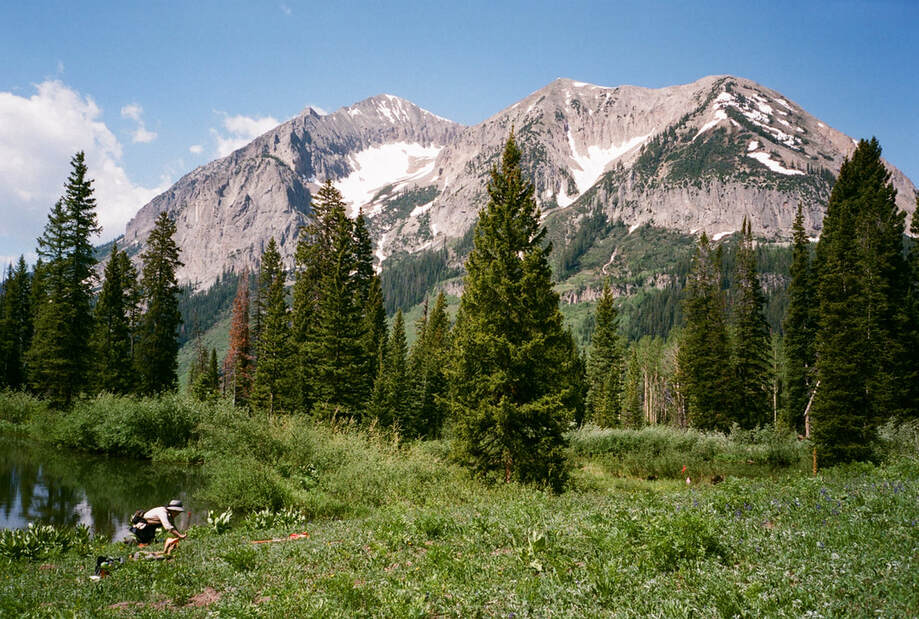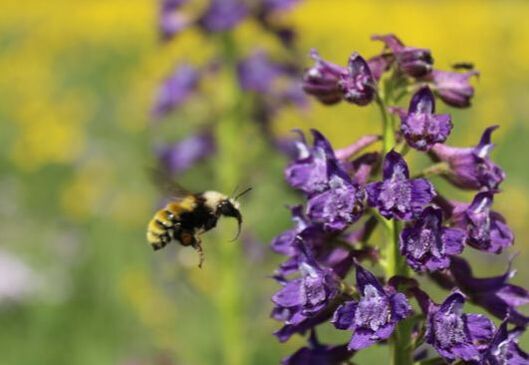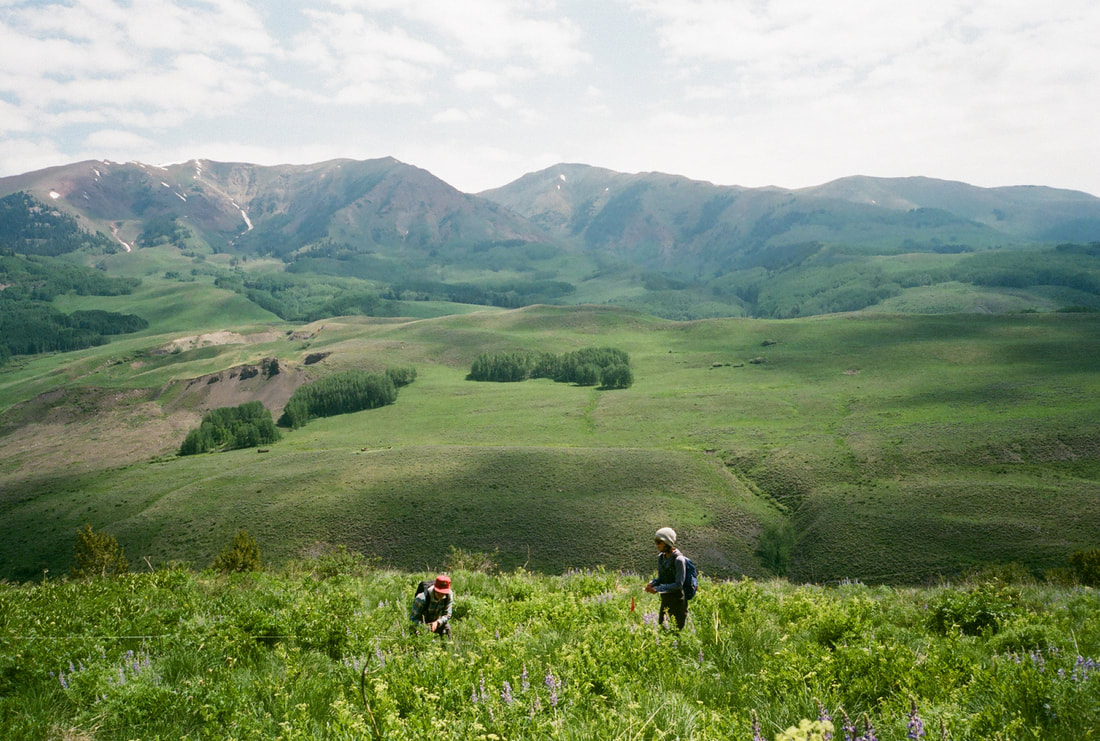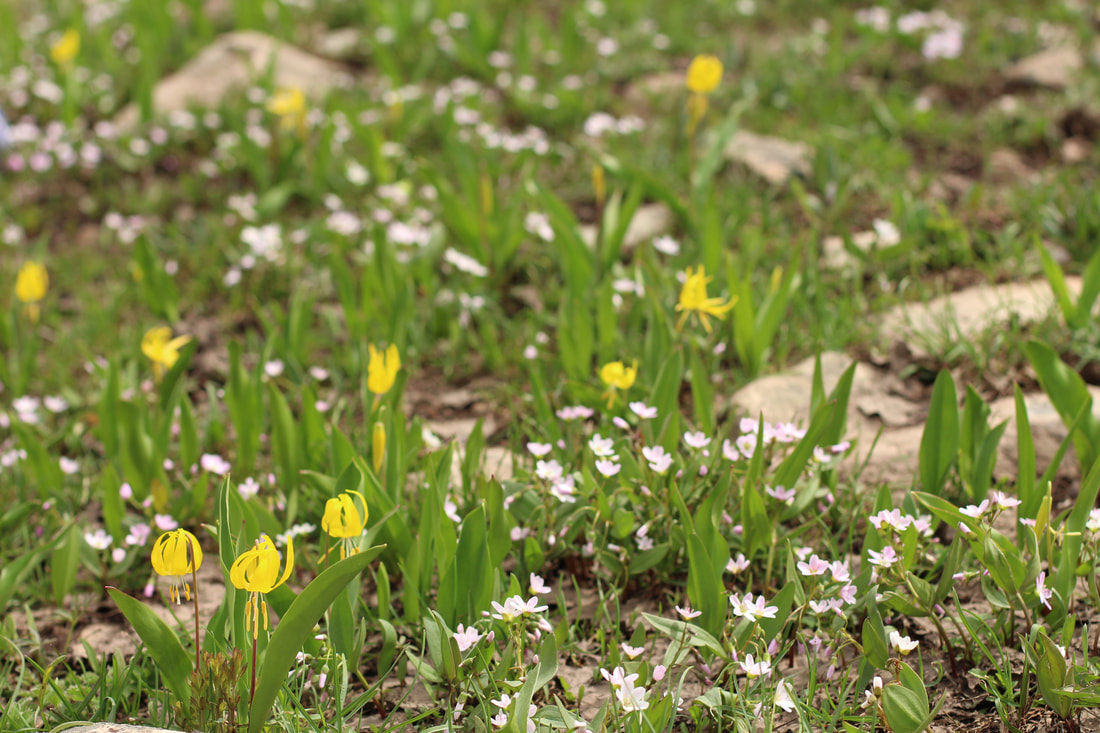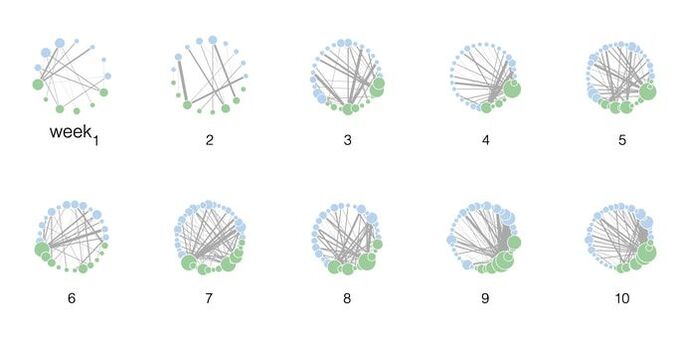Research in the CaraDonna Lab investigates the interplay among species interactions, population dynamics, and community patterns. We use the mutualistic interactions among plants and pollinators as a model system to ask fundamental ecological questions about the importance of species interactions and to understand the ecological consequences of global change (e.g., climate change, pollinator declines, urbanization). We are also particularly interested in temporal ecology and the flexibility of species interactions. We address research questions using a variety of approaches including: observational field studies that leverage existing natural variation; field and laboratory experiments that build upon knowledge of this natural variation; analysis of long-term datasets and natural history collections; and analytical tools like network analysis and simulation models. We also very much value basic natural history and we love working as a collaborative team.
These days, most of our research takes place in the Colorado Rocky Mountains at the Rocky Mountain Biological Laboratory and also within The City of Chicago.
Below are a several projects we've been thinking a lot about lately:
These days, most of our research takes place in the Colorado Rocky Mountains at the Rocky Mountain Biological Laboratory and also within The City of Chicago.
Below are a several projects we've been thinking a lot about lately:
Consequences of pollinator declines for plant population dynamics.
|
